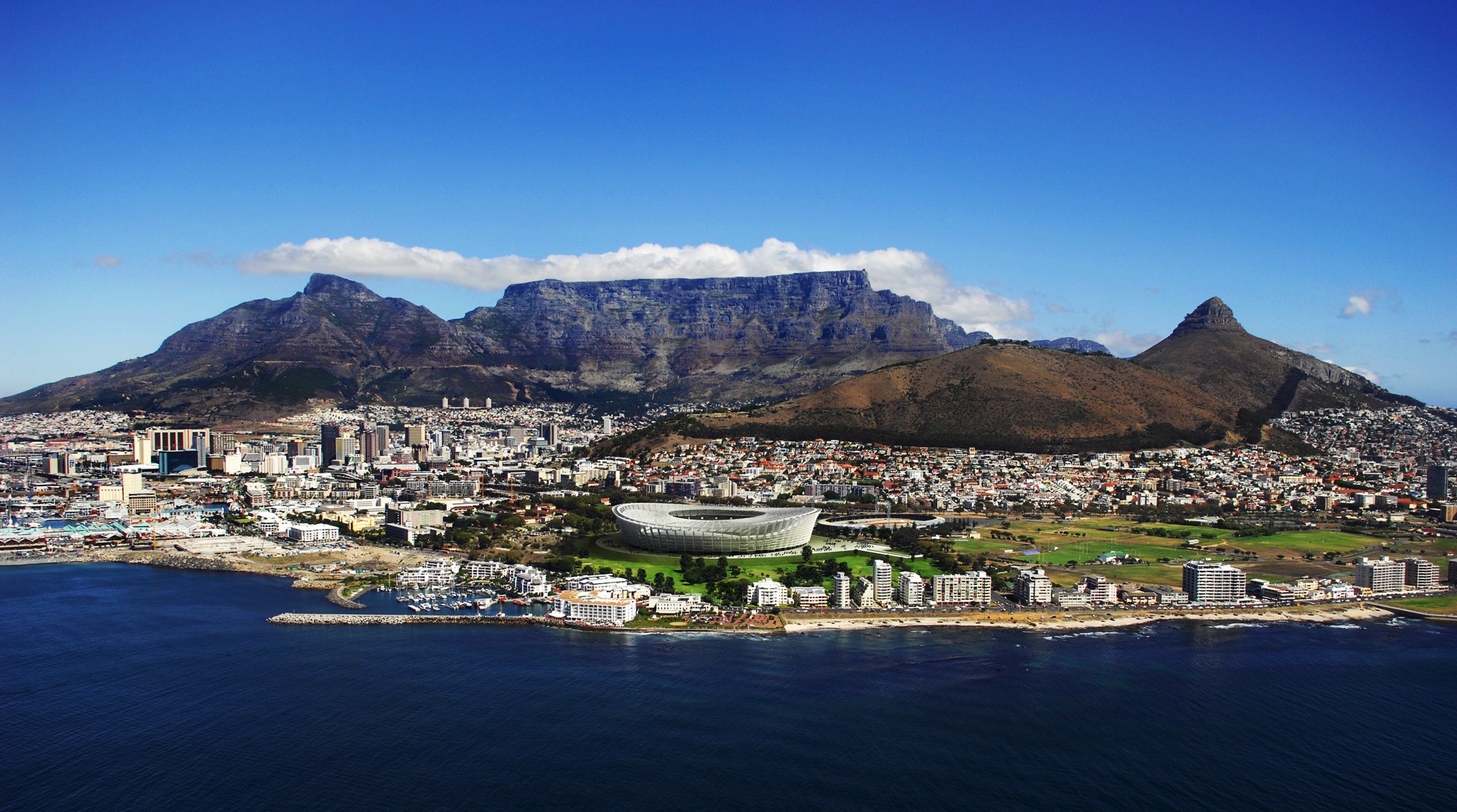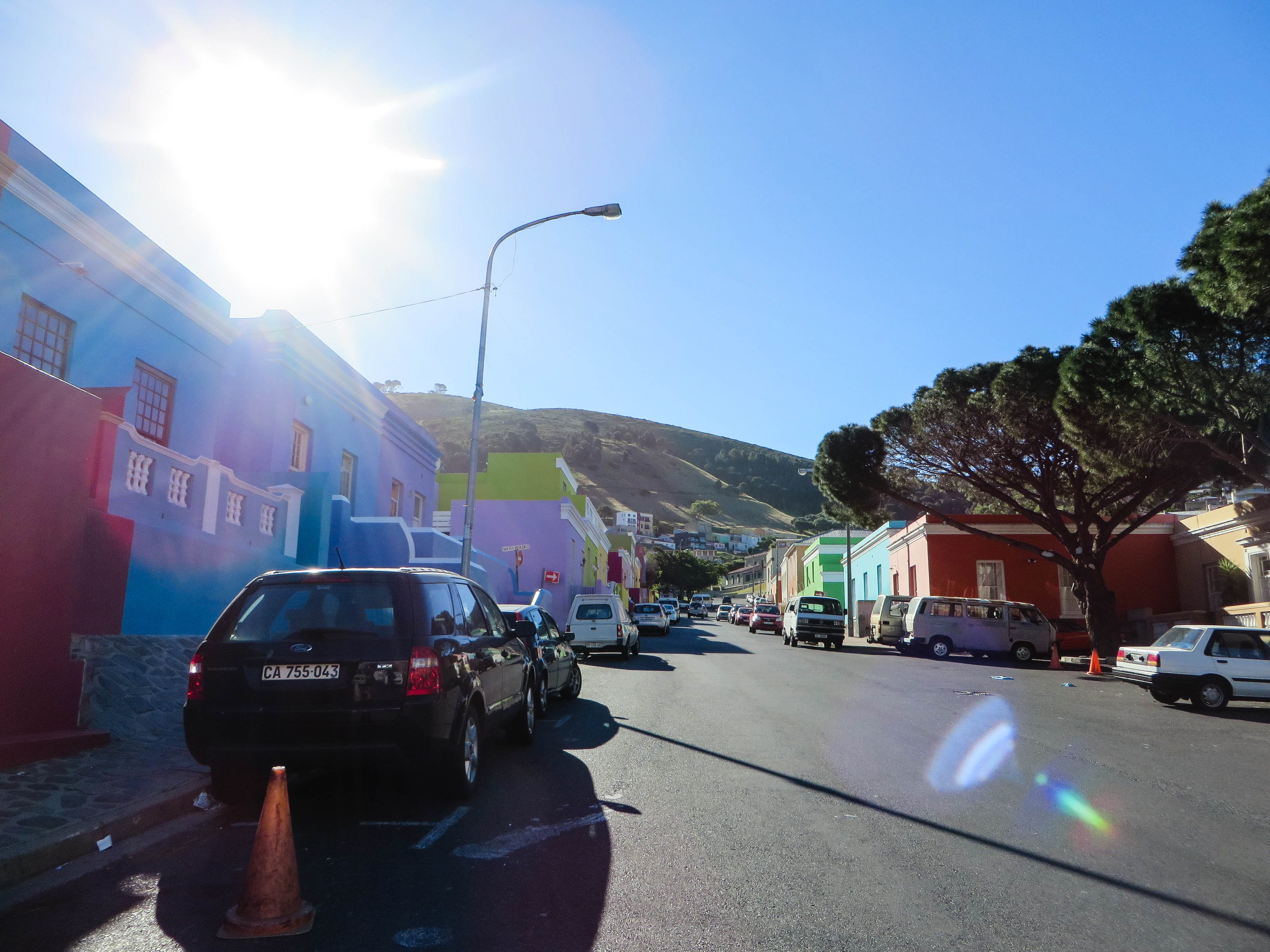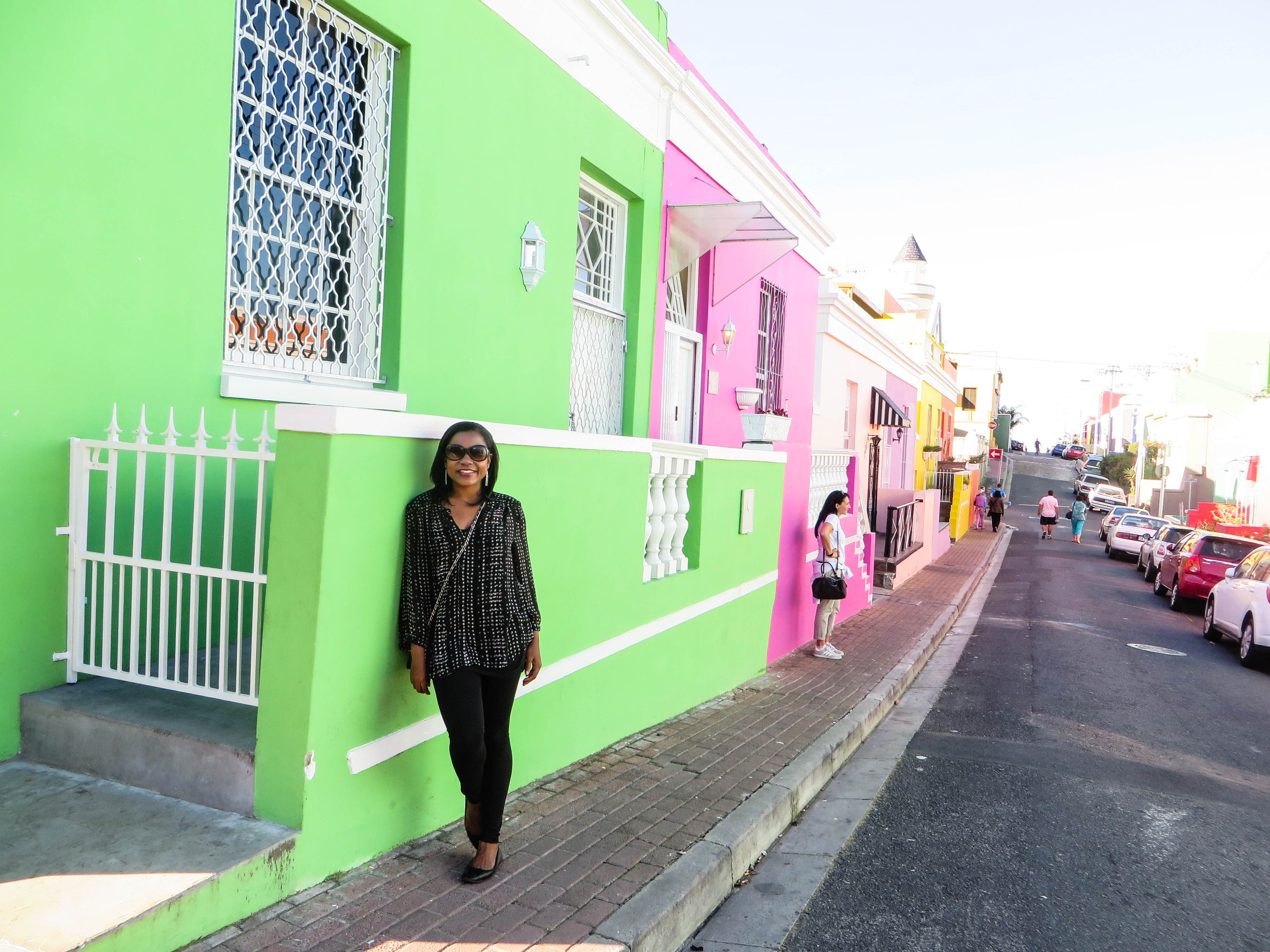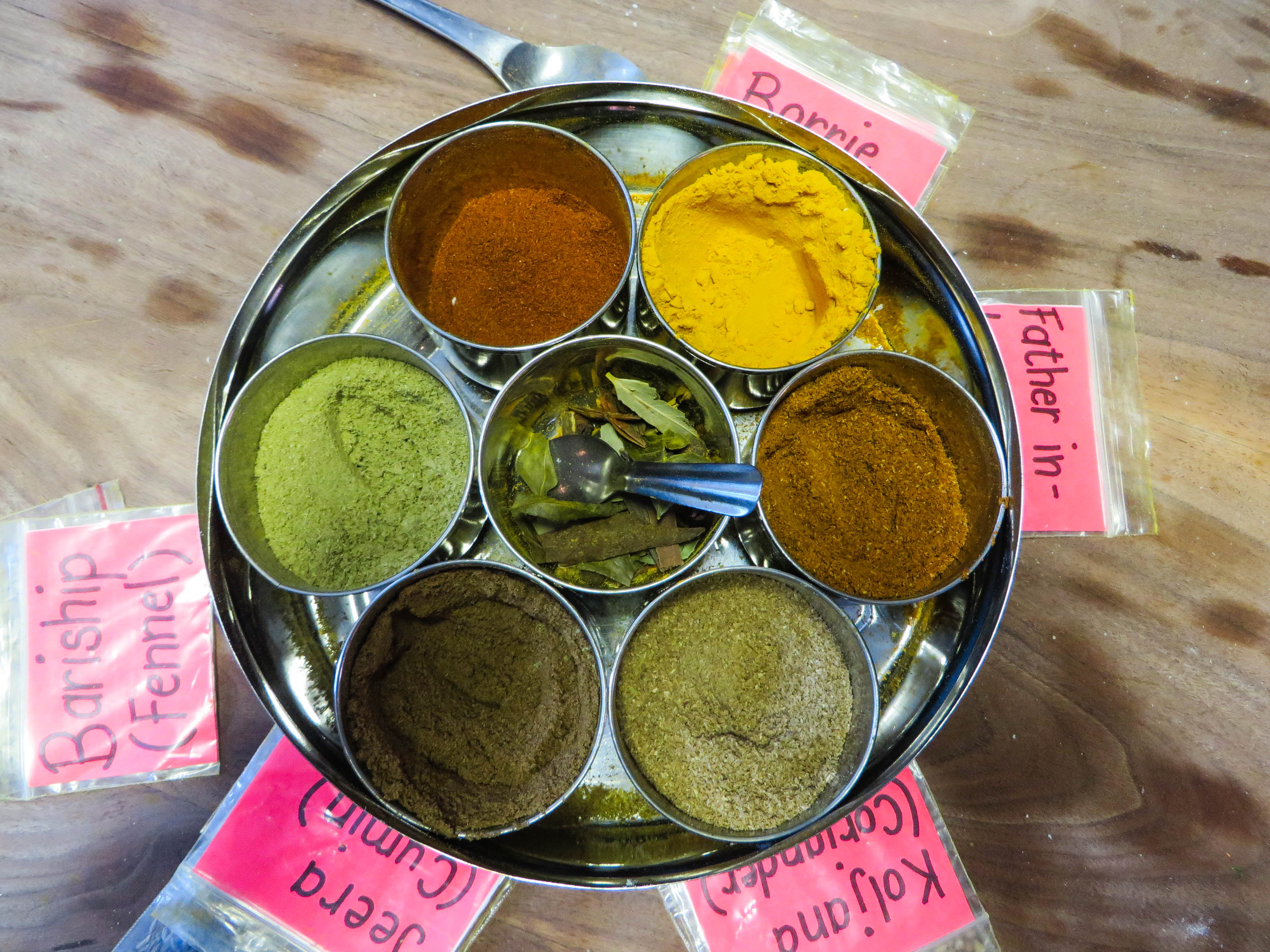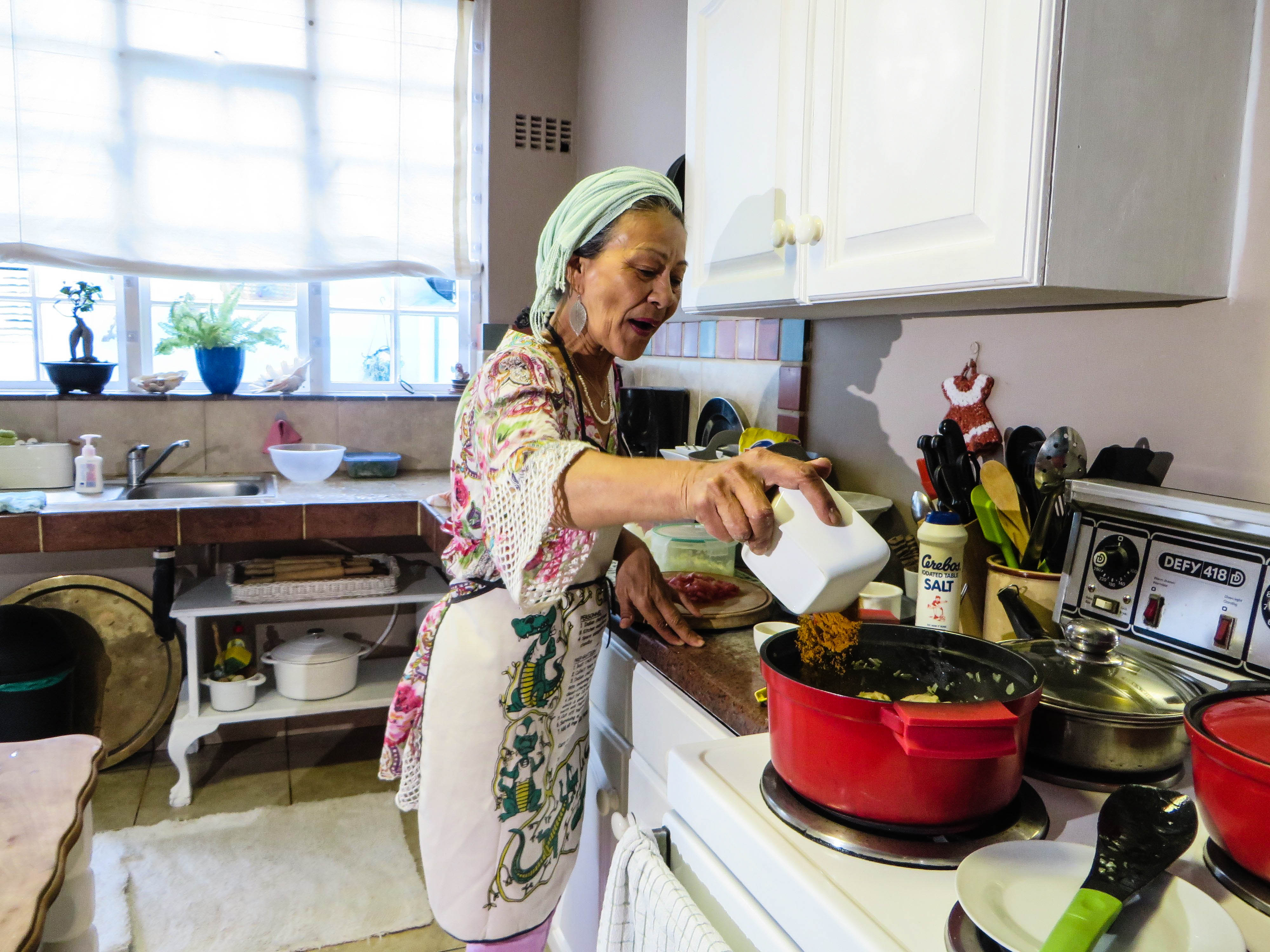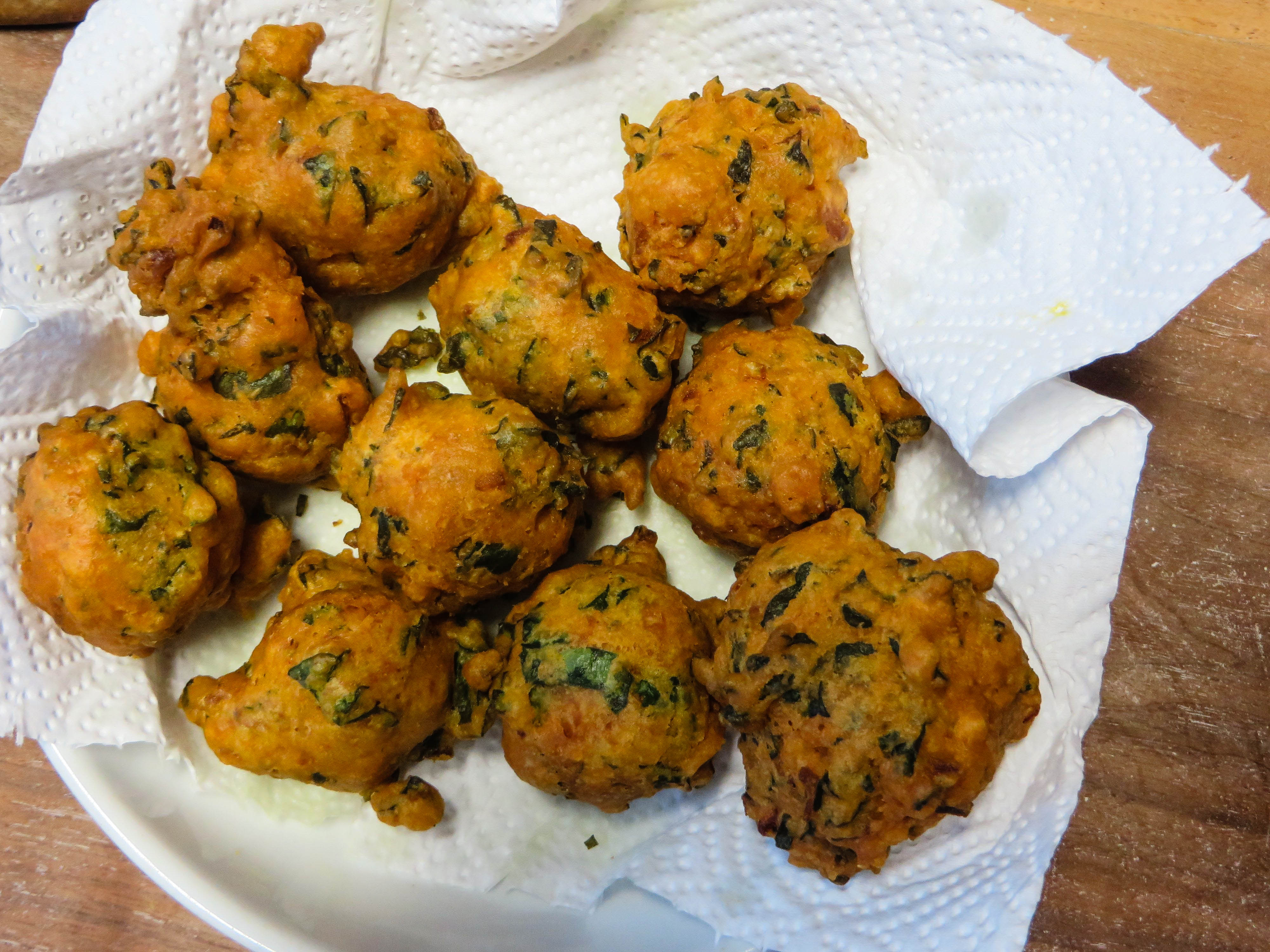I have always believed that one of the best ways to learn about a culture is through the local cuisine. Food holds history, so to partake in a meal is to learn something about a group of people. Before visiting a new place I always do culinary research — where to eat, what to eat and how to eat it. I also always plan for the unexpected e.g. a restaurant a local recommends or a dish I hadn’t heard about but would be crazy not to try.
Prior to going to South Africa, I researched and made plans to go to the highly lauded Biesmiellah restaurant in Bo-Kaap, the colorful predominantly Muslim neighborhood found in Cape Town’s city center. However, a few days before my trip, I learned of a Bo-Kaap cooking class that came highly recommended by a colleague. The cooking teacher was Zainie Misbach, the co-founder of Biesmiellah. So my options were to either eat at the restaurant she co-founded or go to her home and learn how to cook several of her signature dishes. Choosing the latter was a no-brainer for me.
The agenda: meet Zainie in front of the Bo-Kaap Museum for a quick tour around the neighborhood and a brief history lesson on how Bo-Kaap, and the Cape Malay population, came to be. Centuries ago when the Dutch arrived in Cape Town, they eventually brought over many slaves from the Dutch East Indies, known today as Indonesia. These slaves brought with them their culture, religion and cuisine, among other things. As Zainie — who wholeheartedly embodies the term, ‘spitfire’ — related the history of her people to us, I observed the vibrant colors of the trademark homes, the local residents who greeted each other with warm familiarity and the abundance of spices found in Rose’s Corner Shop, home to one of my new favorite desserts, Cape Malay koesisters.
After our tour, we walked through the bright streets of Bo-Kaap, Signal Hill rising up behind us, and made our way to Zainie’s home. Intimate and eclectic with a kitchen perfect for cooking lessons, Zainie’s home seemed to be a true reflection of her.
With our hands washed and our aprons donned, it was time to start cooking. On the menu: dhaltjies, also known as chilli bites, minced meat samoosas (Cape Malays spell samosas with an extra ‘o’), roti and chicken curry. But first we had to learn about the main spices we would be using. Unlike South Asian food, which has many similarities, Cape Malay cuisine tends to be mild instead of spicy, and these spices — coriander, cumin, turmeric, fennel, curry and masala — would be used in many of our dishes.
As Zainie pulled out the chicken and other ingredients for the curry, she spoke to us about how Cape Malays eat each dish and the ways in which we can substitute ingredients for our own needs. We then moved on to the roti dough, which needed to rest for at least 30 minutes before being used, and the chilli bites, a popular snack for Cape Malay gatherings. After we each took turns at the stove, we learned how to fold samoosas and what to do with all the discarded and ripped pastry dough (hint: don’t throw it away! Fry it up alongside the samoosas to make chips for the table).
Once our cooking lesson was finished, we gathered around Zainie’s table and enjoyed the fruits of our labor while hearing about our host’s successful ventures in the South African culinary world. The experience felt like the best of both worlds — the chance to be a visitor in a foreign place coupled with the opportunity to share a relaxing meal in an intimate, personal setting.
